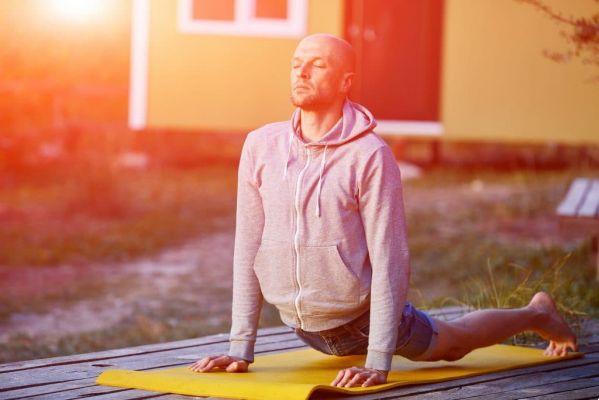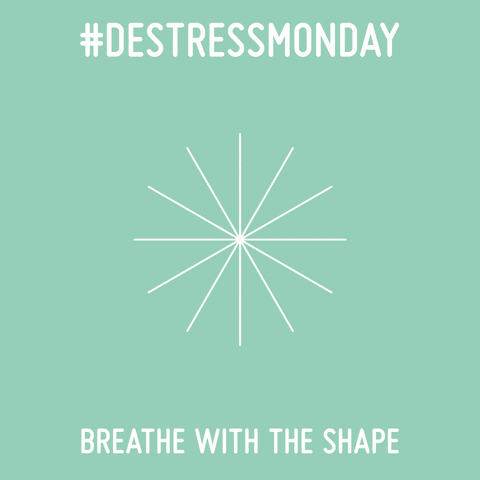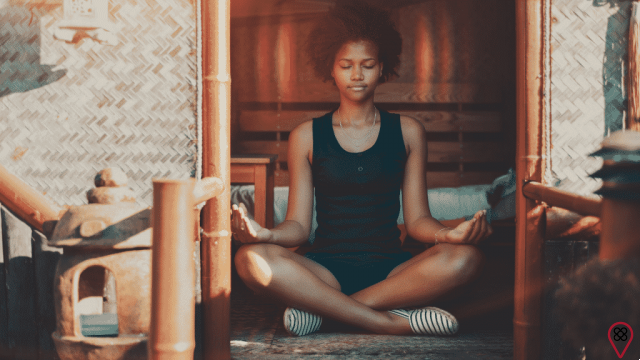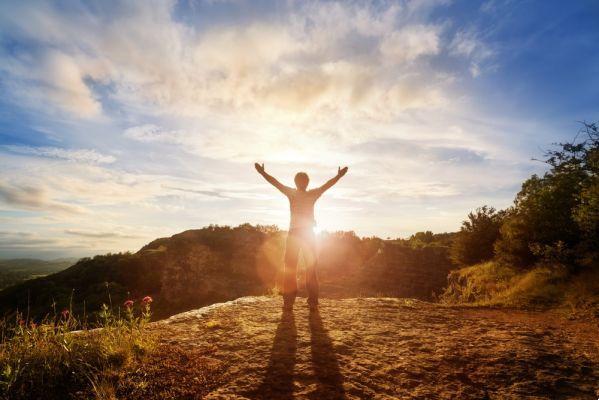Meditation practitioners regard the practice as a journey, an exploration of their inner self and all the wiles of their mind. Contrary to what many people think, meditation is not about ridding the mind of all thoughts and becoming unfocused, but focusing on certain points within yourself, discovering the functioning of your mind and, within it, new sensations.
The effect of meditation is peace of mind, the calm generated by entering into yourself and staying there. Harmony flourishes and the body gets rid of charges, stresses and reasons for anxiety.
the meditation
The practice has no defined origin, it is part of several religions and mainly of rituals of the East. In India it was spread mainly by Buddhist and Brahmanist currents.
Its effects are considered beneficial for any purpose in which one wants to know the body better and better control its sensations. All those who practice meditation report being more focused, patient and aware of themselves and their own behavior and reaction.The ultimate goal, not necessarily aimed at or achieved by all practitioners, is the state called Nirvana. At such a level, meditation reaches its apex, described by the buddha (within Buddhist belief) as the ultimate liberation, a state of peace and purity that transgresses the physical realm.
The positions and ways of meditation are diverse, some currents preserve silence, others use mantras, still others use different positions and so on. The variations are numerous always in favor of the inner journey.
Paramahansa Yoganda
But who was Paramahansa Yoganda? He was an Indian yogi known for the enlightenment and spiritual mission he received, making him a guru of the Hindu.
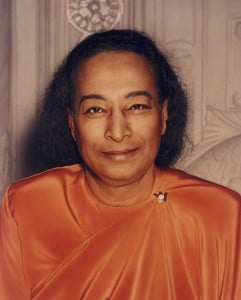 His story became known mainly after the publication of his autobiography: “Autobiography of a Yogi”, which tells his life from his childhood and his astonishment with the religious missions that were explained through religious gurus in India, to his influence on the dissemination of the Hindu meditation and philosophy in the West.
His story became known mainly after the publication of his autobiography: “Autobiography of a Yogi”, which tells his life from his childhood and his astonishment with the religious missions that were explained through religious gurus in India, to his influence on the dissemination of the Hindu meditation and philosophy in the West.
Yoganda traveled to the United States in 1920 and founded the “Self-Realization Fellowship” - responsible for publishing his autobiography - through which he began his mission to spread and teach the West the practices and teachings of yoga.
His lessons passed through lectures, institutions and "tasks" for meditation, brought such precepts to a new world and today, they have great space and more and more adepts in the modern world.
Paramahansa meditation tips
One of the greatest difficulties with meditation, especially in the West, is the contrast of its effects with real life. In other words, the state that is sought so much through it is easily lost in all the difficulties of everyday life.
The main objective is to strengthen yourself in order to be able, with practice and patience, to transfer the teachings and effects of yoga and meditation to the routine and busy life, full of obstacles and obstacles to the practice of peace, patience and awareness.
According to the meditation of Paramahansa Yoganda, some tips are important for the effectiveness and adequacy of the practice to the day to day:
1. Don't give up
When people start meditation, an immediate discouragement often comes due to difficulty concentrating and being restless rather than allowing themselves to spend time “doing nothing”.
This is normal and happens because we are used to always running and thinking about a thousand things at the same time.
The calm and patience to achieve in meditation is essential especially at the beginning, as, little by little, the practice will bring you calmer and allow you to focus on yourself, not immediately.
2. Duration of meditation
It is not necessary for the meditations to be long. It's no use forcing yourself to meditate when your head isn't fully within the activity. It is preferable that the meditation periods are shorter since it is more intense, that is, it is better to work on the main purpose of self-concentration for less time than not to complete the purpose of the practice.
Gradually your meditations will naturally be longer, this is part of training and self-evolution.
3. Believe in the power of meditation
One of the first steps to effective meditation is to believe in its power. It's no use starting as a “test” challenging its effects. Don't make meditation difficult, just let it flow and have faith in the closeness and presence of bliss, release and calm. They are right there, inside you.
4. Not 8, not 80
Just as it is necessary to believe in the power of practice, it is also necessary not to overdo it. That is, those who dedicate themselves too much to meditating longer and more intensely, but in exaggeration, make meditation something forced and will not be able to get rid of ties, leaving the act of meditating outside its natural state.
Again, just let it flow. Within its time and its particular evolution.
5. Getting out of “common” consciousness
When you talk about being aware of yourself through meditation, it means reaching a state of superconsciousness. That is, your thoughts are no longer in the physical body, but beyond it, in the astral body.
It is necessary that, little by little, you manage to free your mind from the common thinking procedure and start to interpret the information of your brain in another way, knowing it more deeply from the calm state that your body and mind will find during the act of meditating.
6. Your body and soul will thank you
Understand that meditating is mainly good for your soul. The moment you meditate, your soul connects with your spirit finding the reason for its existence and manifestation.
If your mind creates blocks to this contact, it's time to make the thoughts transgress the "real life" plan so that the meeting between soul and spirit is facilitated and guided by you.
7. Cherish the sensations
After entering the superconscious state you will be able to feel different things. Take advantage of this moment, even after the practice is over, to see another meaning in ordinary things. Make things simple and objects of divine manifestation and cherish the color of each leaf on the tree, the power of each ray of sunlight that touches your skin.
8. Escape from sleep
Due to the calm and silence that meditation requires, some people get drowsy. Paramahansa tells you to squeeze your eyes tight for a few times and look straight before meditating, so you will avoid feeling sleepy.
9. Daily doses
Like any other activity, meditation takes practice. Evolution will only come from training. To do this, practice at least a little meditation every day. Book a time for this and make it a habit of your routine.
Those who practice with devotion and dedication will have the visible and effective results that it can provide.







